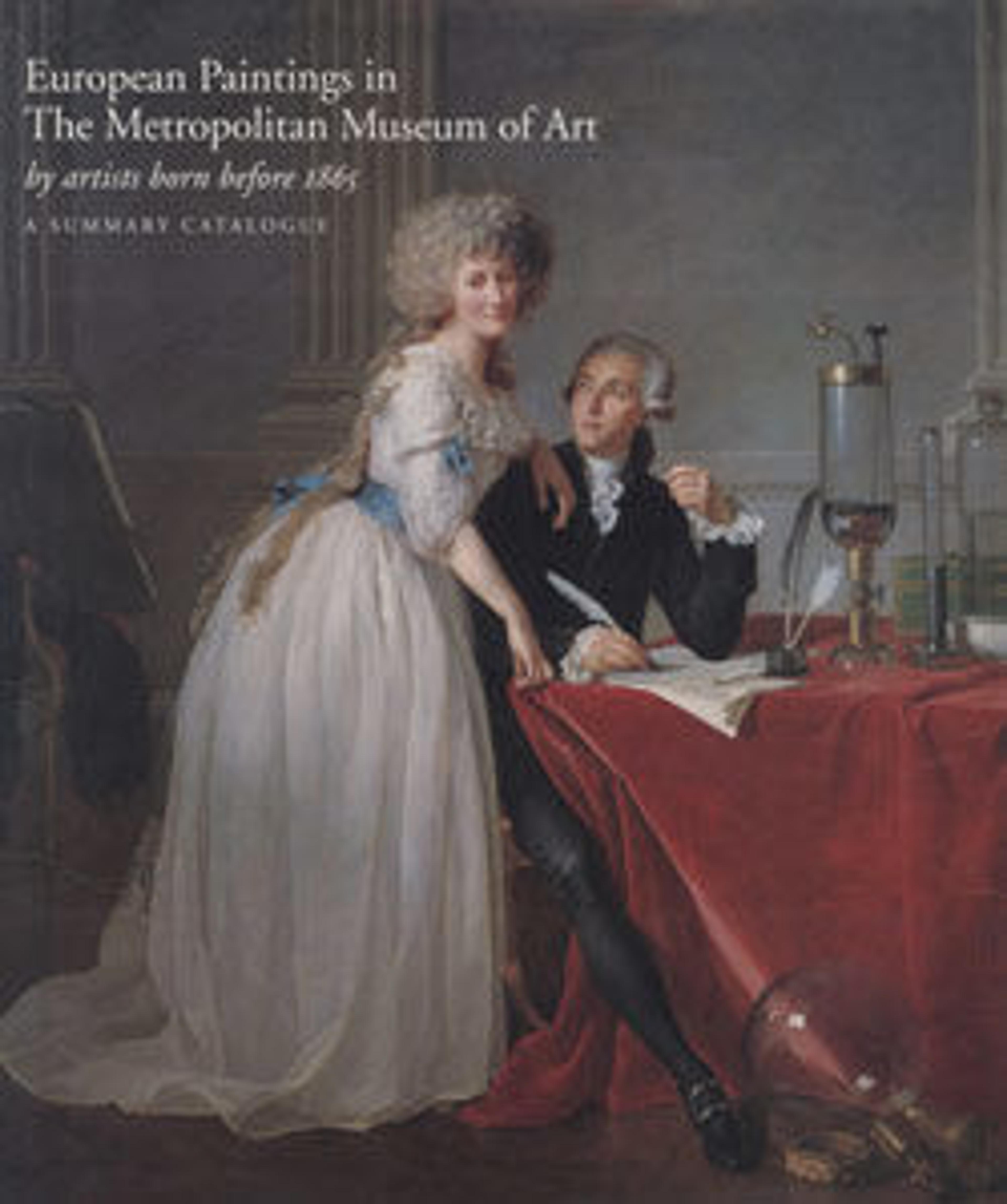A Young Girl with Daisies
"I have taken up again, never to abandon it, my old style, soft and light of touch," Renoir announced to his dealer Durand-Ruel in 1888. This picture, made the following year, exemplifies the artist’s predilection for equally gentle and lyrical subjects. Daises and other wildflowers lend a note of rustic charm to the sweet-faced model. Such celebrations of youth and beauty proved to be highly successful with Renoir’s clientele.
Artwork Details
- Title:A Young Girl with Daisies
- Artist:Auguste Renoir (French, Limoges 1841–1919 Cagnes-sur-Mer)
- Date:1889
- Medium:Oil on canvas
- Dimensions:25 5/8 x 21 1/4 in. (65.1 x 54 cm)
- Classification:Paintings
- Credit Line:The Mr. and Mrs. Henry Ittleson Jr. Purchase Fund, 1959
- Object Number:59.21
- Curatorial Department: European Paintings
More Artwork
Research Resources
The Met provides unparalleled resources for research and welcomes an international community of students and scholars. The Met's Open Access API is where creators and researchers can connect to the The Met collection. Open Access data and public domain images are available for unrestricted commercial and noncommercial use without permission or fee.
To request images under copyright and other restrictions, please use this Image Request form.
Feedback
We continue to research and examine historical and cultural context for objects in The Met collection. If you have comments or questions about this object record, please contact us using the form below. The Museum looks forward to receiving your comments.
